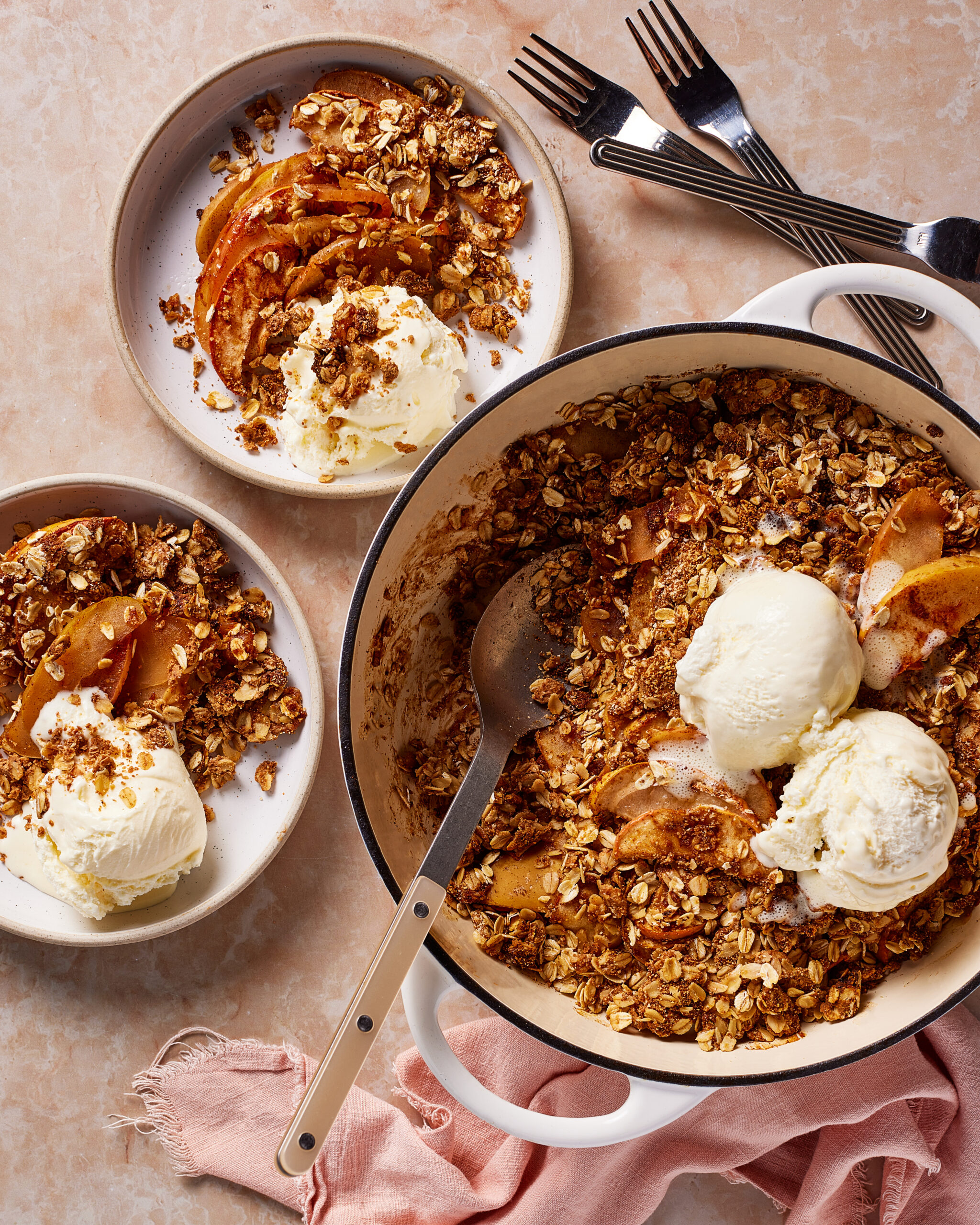recipes
lifestyle
wellness
motherhood
mindset
About
E-Books
Blog
Freebies
partnerships
hi, i'm lauren!
hey there!
I’m on a hot mission to help you balance your hormones & live your best life.
categories
Home
Quiz
Get In Touch
The Course
search:
Cookbook
Conceiving After Miscarriage — My Personal Journey + Hormone-Balancing Tips To A Healthy Pregnancy After Loss
Feb 17, 2021
Recipe key
GF
VG
P
Vegan
Gluten Free
Paleo
DF
Dairy-Free
download now
Join Hormone Healthy Eats!
Become a SFNSG insider to get my monthly Substack, Hormone Healthy Eats! Packed with the latest hormone-healthy recipes
+ tips.
jump to recipe >
**If you’re reading this in the hopes of eventually getting pregnant after experiencing a miscarriage or loss, first and foremost please know you’re not alone and I’m holding space for you.
Secondly, while this post is about sharing both my personal experience and professional tips (as a hormone health coach) to help you conceive, it’s designed to help you to do so when you feel ready. If you’re still grieving from loss, I recommend focusing on your own healing first (and wrote this post just for you). Bottomline: nobody knows what you need better than you. So please honor your feelings and give yourself time to process however you need. Sending you all the love.
PREGNANCY LOSS — MY STORY
On January 1, 2020 I found out I was pregnant. I was almost 15 months postpartum after giving birth to my first baby and had just gotten my period back in November after weaning off nursing in October. It was unplanned and unexpected, but I was also thrilled.
A few weeks later I experienced some cramping in my right side and spotting that eventually turned into full-on bleeding. After multiple blood tests to measure my HCG levels (which were hovering instead of rapidly increasing like they should in a healthy pregnancy or decreasing as they should in a miscarriage) I went in for an early ultrasound.
The ultrasound determined my pregnancy was ectopic, meaning the fertilized egg had implanted in my fallopian tube instead of my uterus. In this scenario your fallopian tubes can potentially rupture, requiring immediate surgery. We had caught it early enough where I was able to terminate the pregnancy with an injection of methotrexate (a form of chemo). While it came with unwanted side effects (nausea, fatigue, etc.) it was a much safer option than emergency surgery.
While physically I was lucky, emotionally I felt extremely lost and alone. It took me many months to heal on all levels (physically, mentally, emotionally) but once I felt up to trying again it only took a few months to find out we were expecting again. Now, I sit writing this at 24 weeks pregnant with a healthy baby girl, and if you’re reading this on your journey to conceiving after miscarriage, please know I want the same for you.
A POSITIVE PREGNANCY TEST — SUCCESSFULLY CONCEIVING AFTER MISCARRIAGE
After giving myself plenty of time to let myself feel, grieve and process, as well as physically heal enough to get my cycle/period back, I knew I wanted to eventually try to get pregnant again.
But before we started actively trying to conceive, I wanted to do everything I could to balance my hormones, reduce chances of another loss and prepare my body for a healthy pregnancy and baby.
Luckily, as a professional in this field (hormone health coach specializing in menstrual health, fertility, pregnancy and postpartum care) I had all of the tools, resources and knowledge at my disposal.
So, after I got my period back in February, I spent the next four months (the recommended preconception period to improve egg quality, baby’s health and pregnancy outcomes) nourishing and preparing my body.
That summer my husband and I began trying, and after three cycles (the average to successful conception is 4) I got the positive pregnancy test I had been waiting for.
Below I’m sharing the action steps I took (as well as professionally advise to my clients) to help me balance my hormones and conceive a healthy baby after pregnancy loss. I hope you find them helpful, but I always encourage every person to 1) check in with their licensed medical practitioner (especially before taking any herbs/supplements) and 2) check in with yourself and above all do what feels right for you.
HOW I BALANCED MY HORMONES + CONCEIVED AFTER MISCARRIAGE / PREGNANCY LOSS
-
+ Got Testing To Determine Any Hormone Imbalances
One of the first things I did after healing from my pregnancy loss was get testing to determine if I had any underlying hormone imbalances that could be impacting my fertility. The first test I took was Modern Fertility’s At-Home Test Kit, which measures vital fertility markers such as ovarian reserve (how many eggs you have left), your sex hormones (such as progesterone, estrogen and luteinizing hormone) in order to confirm you’re ovulating and making enough levels to sustain a healthy pregnancy, and thyroid hormone TSH, which regulates vital components of fertility, pregnancy and healthy brain development in baby.
I loved that this test covered most of my bases, while allowing me the convenience to take it from home at a fraction of the cost most fertility clinics offer. The results were delivered within a week via my personalized dashboard and luckily, most of my levels looked normal and healthy (with a slightly elevated TSH), giving me the confidence I needed to begin trying again. You can use this link to get $10 off your Modern Fertility At-Home Test Kit.
**Because my TSH was slightly elevated (although still technically within normal range) I also followed the Modern Fertility Hormone Test up with a full thyroid blood panel (which includes TSH, Total and Free T4, Total and Free T3, Reverse T3, Anti-TPO and Anti-thyroglobulin). Everything came back within normal range.
-
+ Replenished with Nutrient-Dense Food
While the most common cause of miscarriage is due to chromosomal abnormality or genetic error (which essential begins 3-4 months prior to conception, making that 4 month preconception period so important) I couldn’t help but wonder if my body simply wasn’t ready for another baby because I was just so depleted. Even though I’d taken good care of myself, I had also spent the last two years pregnant and then nursing (i.e. the majority of nutrients I was consuming were still going to my daughter). And because nutrient-deficiency is one of the primary causes of hormone imbalance, I knew I needed to focus on this area in particular.
So I spent the next several months upping my nutrient-density game, focusing on adding in a variety of fertility-boosting foods like leafy greens, cruciferous vegetables, avocado, nuts, seeds, pasture-raised eggs, berries, low-mercury omega-3 rich fish (like salmon), etc. For a comprehensive list of the foods I ate and recipes I used to make them, check out this guide.
-
+ Ate A Balanced Breakfast
If I’m being totally honest, I also don’t think I was eating quite enough prior to my loss, opting to skip breakfast in favor of a bulletproof coffee because mornings were much more hectic with a baby and it was one thing for me to deal with.
However I knew the research showed a nutrient-rich breakfast every morning could help you regulate your cycle, reduce infertility and help you conceive. This is attributed to helping you optimize your blood sugar, which is a crucial pillar of hormone health and fertility. So I added in more food, eating a breakfast rich in protein, fat and fiber (such as this smoothie or these chia pudding parfaits) to satisfy my body’s micronutrient needs while keeping blood sugar stable. I also made sure I was eating consistently throughout each day (i.e. three balanced meals and potentially a snack or treat if needed/desired).
-
+ Tracked My Cycle + Practiced Cycle-Syncing
A healthy menstrual cycle is an absolutely crucial component of fertility, as well as a helpful tool for weeding out any underlying issues that may be keeping you from conceiving. So as soon as I got my period back, I began tracking my cycle and supporting each of the four phases (aka hormone fluctuations) through a variety of foods, supplements, exercise and lifestyle practices in order to balance my hormones and optimize my chances of getting pregnant naturally. For tips and tools on how to do this I recommend getting familiar with the four phases of your menstrual cycle (this post is a great starting point) and using the Fertility Awareness Methods mentioned below to help you map out your own cycle, including when you’re ovulating.
-
+ Upped My Supplement Game
While I focus first and foremost on getting as many nutrients as possible through food, I knew adding in some supplements could help me fill in any nutrient deficiencies or gaps. Along with taking a high quality prenatal, I added in a fish oil supplement (essential for baby’s brain development), probiotic (gut health is foundational to ALL health, especially as it relates to your hormones), gelatinized maca root powder (helps our bodies adapt to stress and nourishes our sex hormones) and magnesium glycinate (improves blood flow to the uterus as well as production of sex hormone progesterone).
Later down the road I ended up adding b-vitamin injections into my routine, as well as vitamin C and vitamin D (once the seasons changed and I was no longer getting regular sunshine exposure). For more fertility-boosting supplement recommendations, check out this guide. **Please check with your medical practitioner before adding any new herbs or supplements to your routine, especially if you are already on medications.
-
+ Reduced My Toxic Load
While I was already actively working on reducing my exposure to toxins (as man-made chemicals block our body’s natural hormone production, leading to fertility challenges), I knew there were areas I could still improve. I had already transitioned all of my skincare to a non-toxic brand, as well as swapped out plastic containers for glass and toxic-laden house cleaning supplies for a safe version, but I had yet to switch over my makeup or period products. I eventually replaced my makeup with clean products, and my conventional tampons for a non-toxic menstrual cup. Moving forward, I have been very conscious and careful about every purchase I make (whether it be food, beauty products or furniture) to try and limit mine and my family’s toxic exposure as much as possible.
-
+ Practiced Fertility Awareness Methods
Chances are if you’re currently trying to conceive (TTC) you already know in order to do so you must have sex while ovulating. But figuring out exactly when you’re ovulating can be tricky, as every woman’s timing is different and is dependent upon their menstrual cycle, which can be influenced by several other factors (stress, a hormone imbalance or condition like PCOS, etc.).
This is why I personally practice a variety of fertility awareness methods (as well as encourage clients to do so) as the combination helps you get to intimately know your body and its cycles, as well as pinpoint your exact fertile window in order to increase odds of getting pregnant naturally. Here’s what I tracked:
- + Ovulation Predictor Kit — I used Modern Fertility’s, which I loved because it’s able to track your exact LH levels and input them in an easy to understand app
- + Cervical Fluid — should be wet and stretchy, similar to egg whites when ovulating
- + Cervical Position — should be soft, open and high when ovulating
- + Basal Body Temperature (BBT) — after ovulation will rise slightly higher (to 97.8 F)
- + Timing — by tracking my cycle for months my trend was to ovulate on days 14 or 15
-
+ Got My Partner Involved
As much as the fertility focus and work tends to fall on us females, it’s important to remember that men have an equally important role in conception and building a family (1/3 of fertility challenges are attributed to the male, 1/3 to female, and 1/3 at the couple level). So I had a conversation with my husband to ensure we were on the same page about planning to conceive again as well as what that entailed to optimize our chances.
He took a sperm test (which I highly recommend getting your men to do early on in the process, as it’s simple, painless and important information to have) to make sure everything was healthy and was on board with eating lots of nutrient-dense foods and taking supplements to optimize his sperm quality, as well as finding fun ways to build in exercise and mitigate stress (including regular sex, just for fun!). Bottomline I feel the more you can be on the same page and recognize it takes TWO to make a healthy baby, the better.
-
+ Focused on Having Fun
While we know stress is a big contributor to fertility challenges (oftentimes delaying or halting ovulation altogether), I decided to take a slightly different approach this time around. Instead of focusing on minimizing stress, I focused on having more fun and incorporating more joy and relaxation into my everyday life. We began actively trying to conceive during the summer, so this was an awesome opportunity for me to get outside more (nature is a huge stress-reliever and mood-booster for me) in the form of daily walks, weekend hikes or camping adventures and regular paddle boarding sessions.
I allowed myself what I considered indulgences like reading a fiction book just for fun outside on a blanket in the middle of the day, or drinking a glass of wine out on the patio. It felt so nice to just do things that felt good good, instead of trying to be productive all of the time and putting so much pressure on myself. It also ultimately helped my husband and I relax and connect more, as well as get us in the baby-making mood!
BOTTOMLINE
While every person’s journey to conception is unique, we do have the research and data to know that simple practices can positively impact our menstrual cycles, egg and sperm quality and overall fertility, working to optimize our chances of getting pregnant naturally. This post is an overview of what I personally practiced (as well as often advise clients TTC) after pregnancy loss to prepare both body and mind to try again, but ultimately you’ll need to check in with yourself and do what feels best for you.
**This post is sponsored by Modern Fertility. If you think you may have a hormone imbalance, are dealing with irregular cycles, have experienced a miscarriage/loss or haven’t recently had your hormones tested, I highly recommend checking out Modern Fertility’s Hormone Test. You can use my link to receive $10 off.
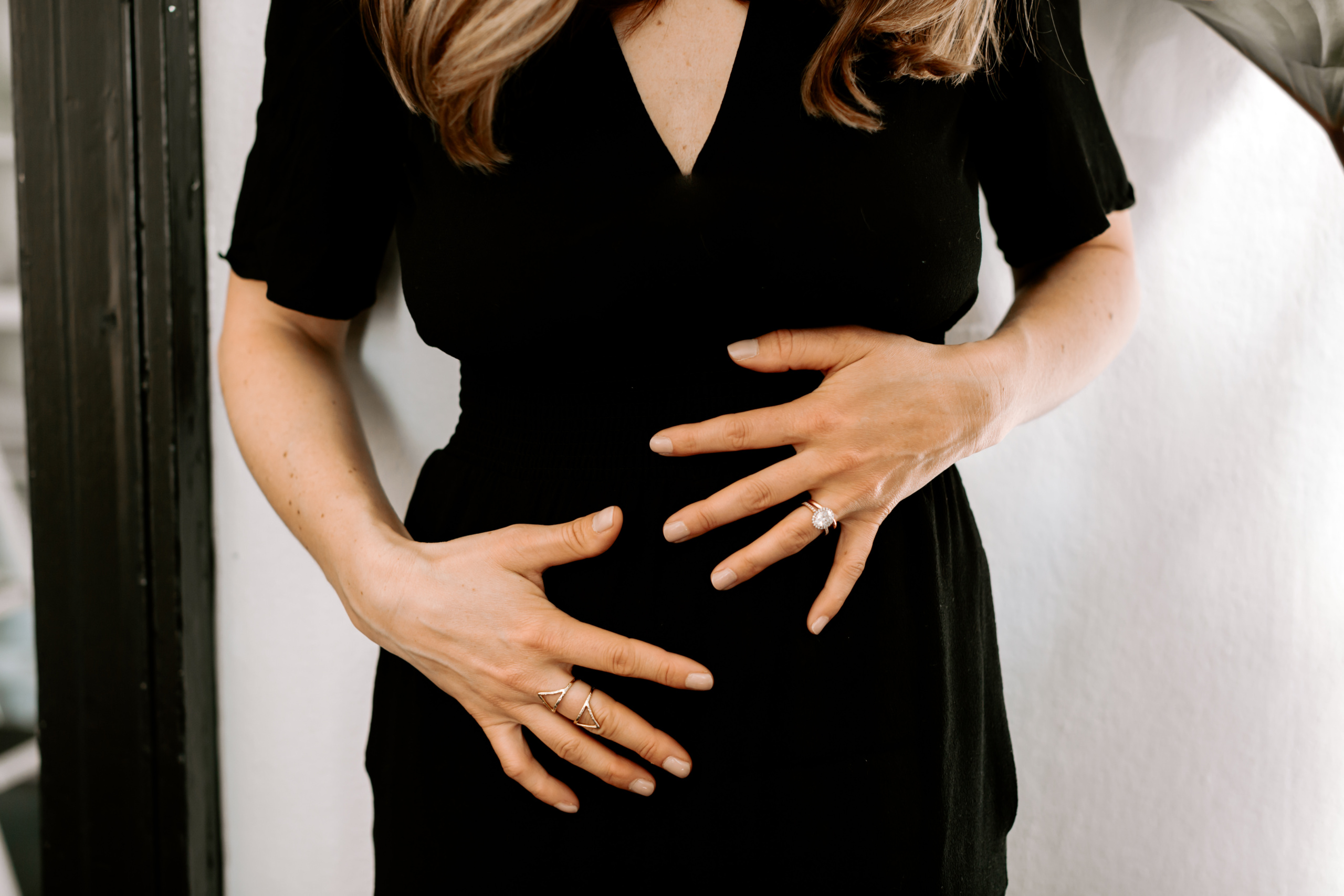
If you loved that...

01.
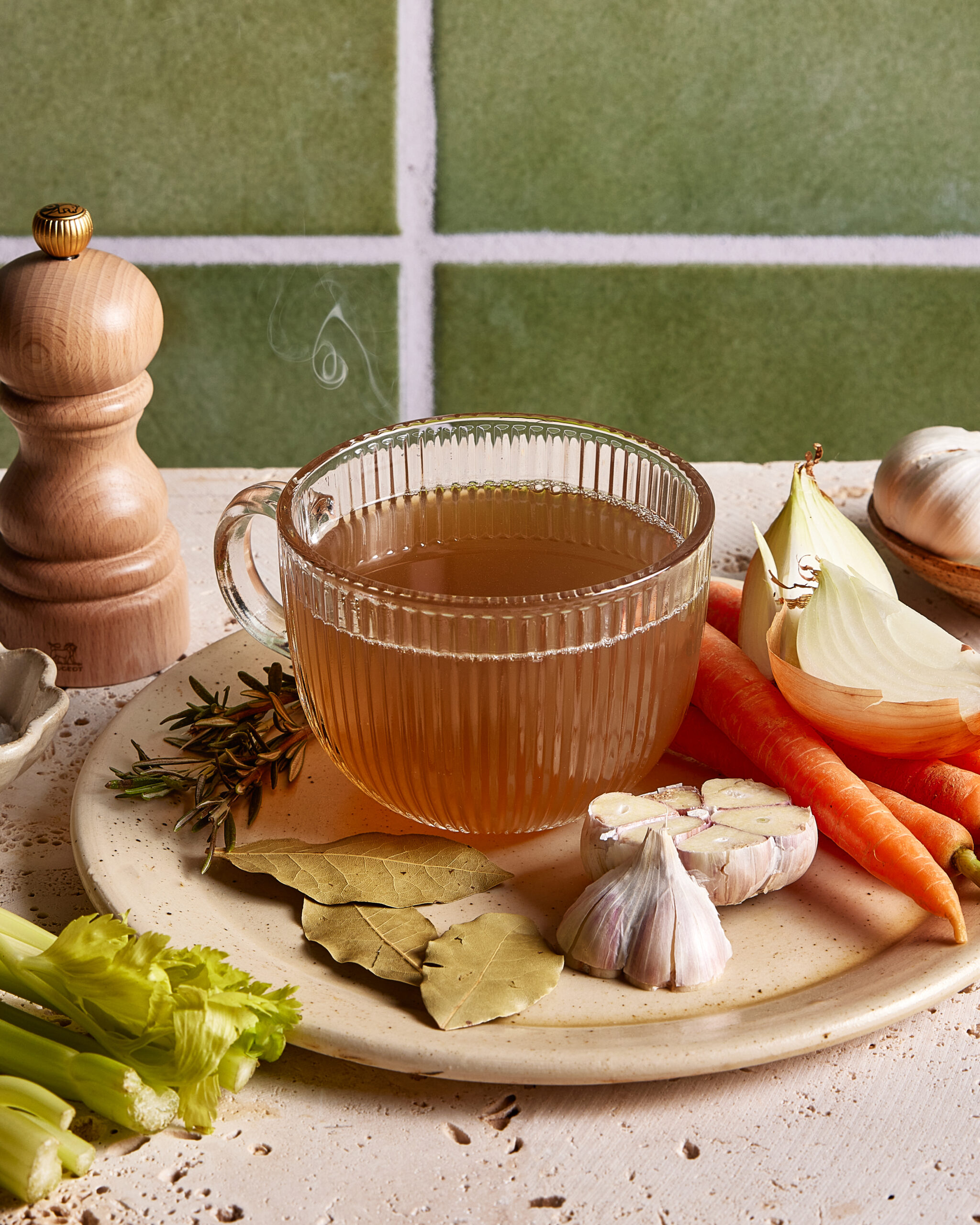
02.

03.
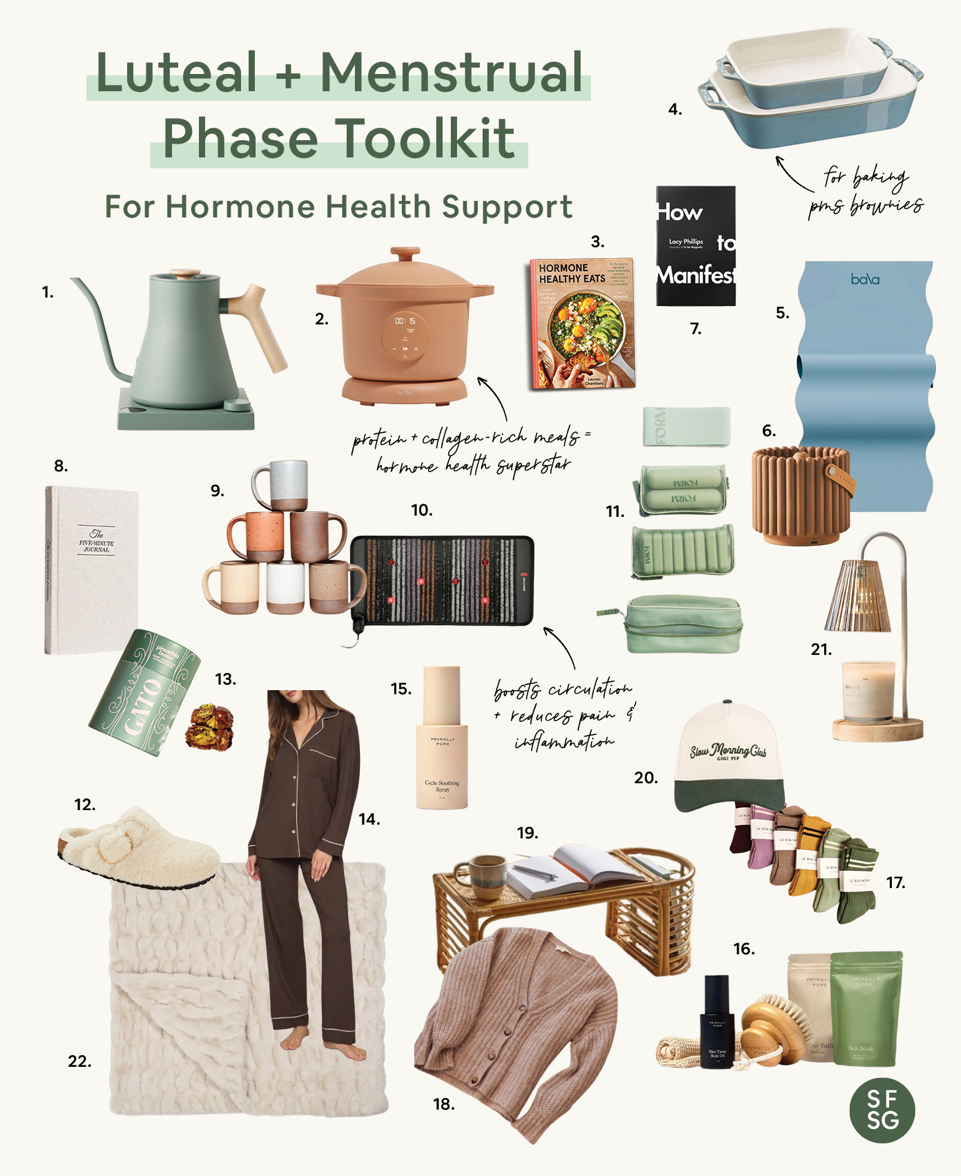
04.
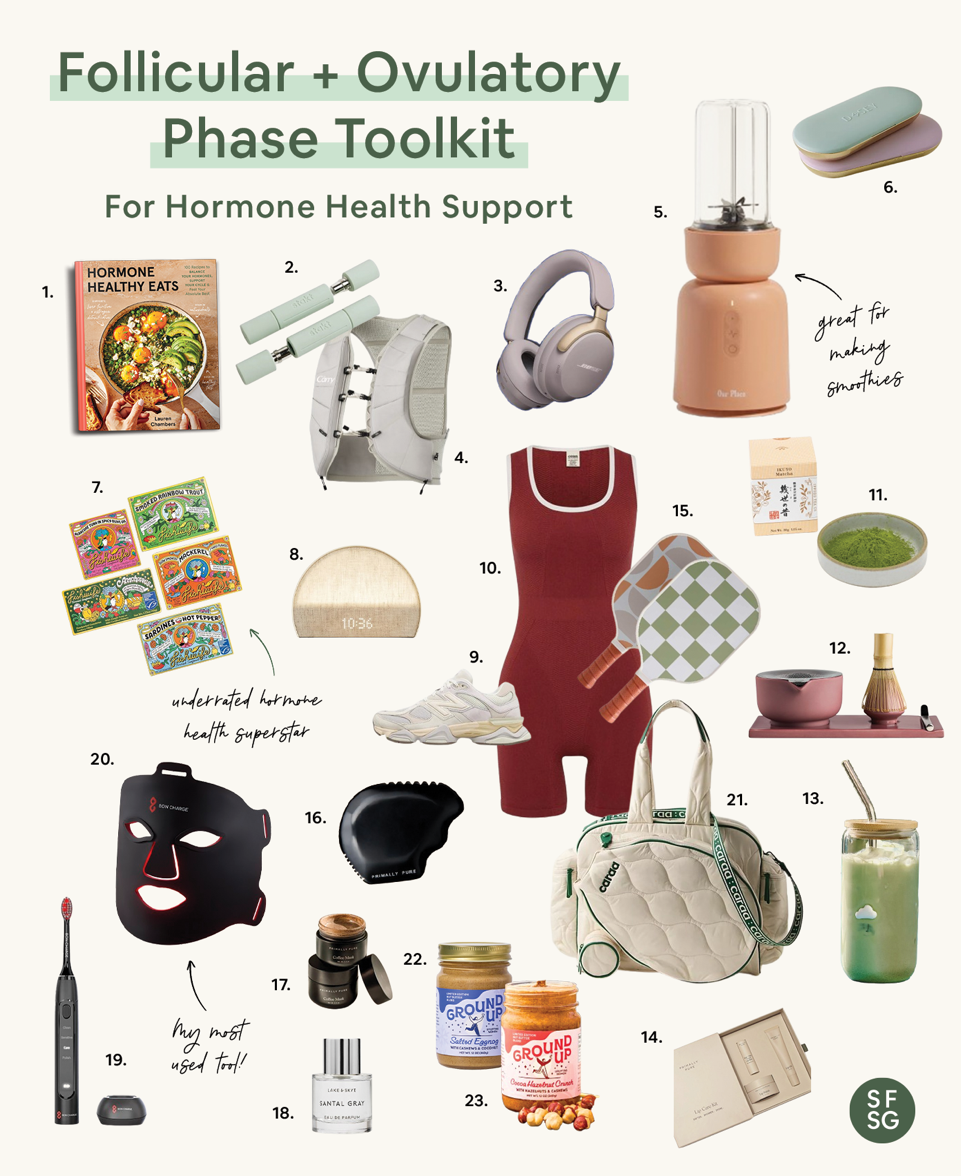
05.
hey!
Keep Browsing
Site
Keep Browsing
Site
the
about
e-books
blog
downloads
quiz
Welcome friend, I'm lauren.
I’m honored to support you on your journey to optimal hormone health + happiness. Thanks for being here babe.
